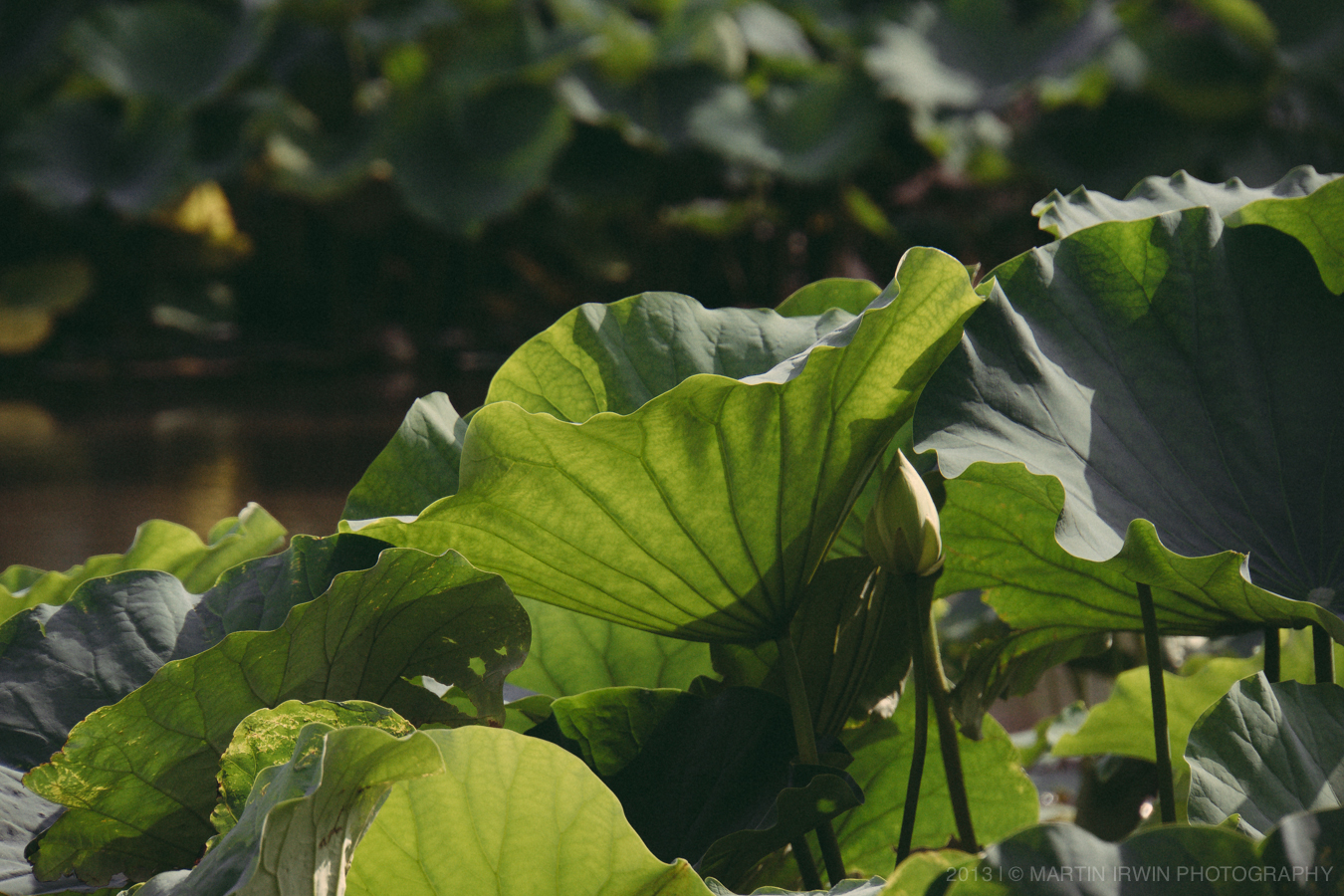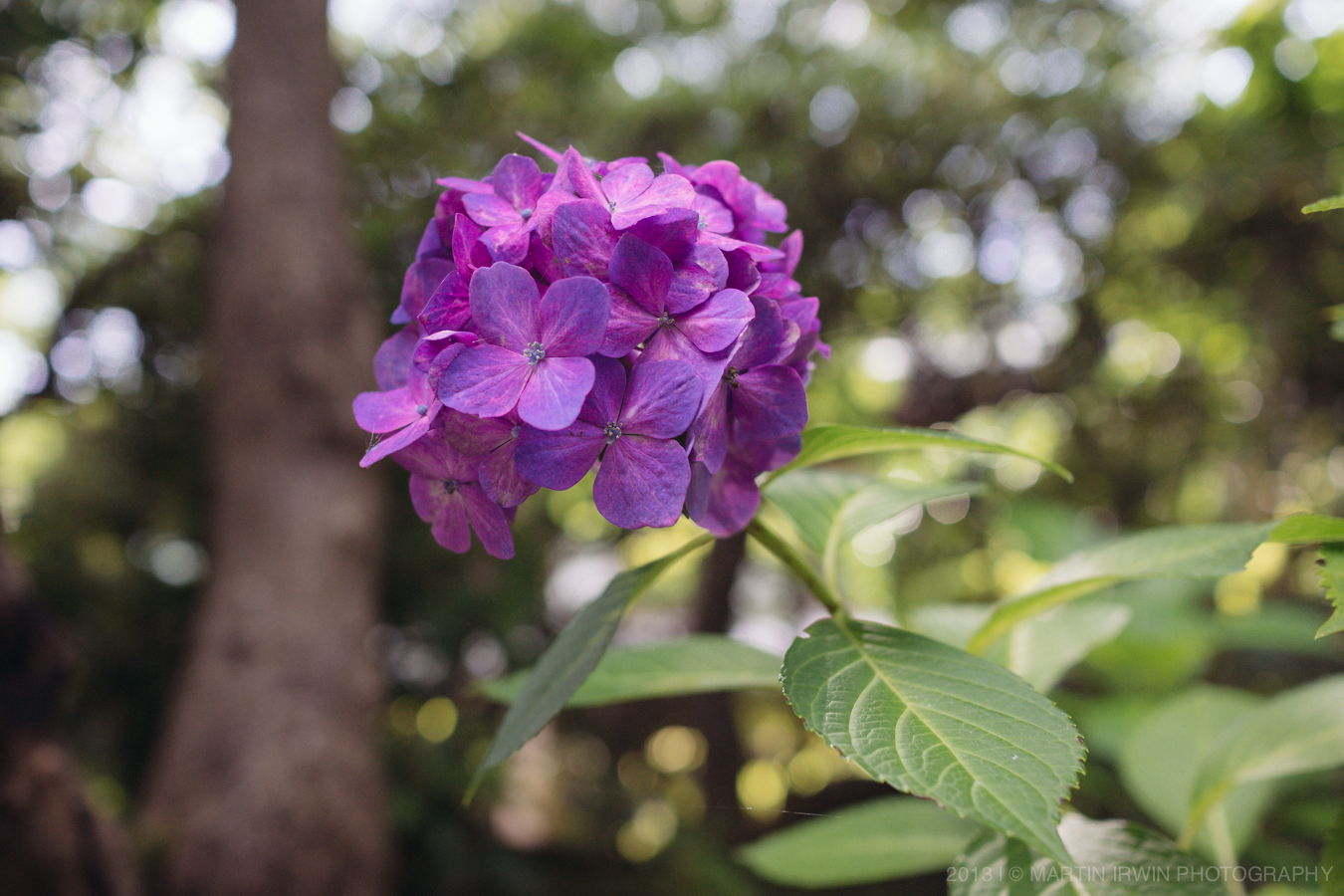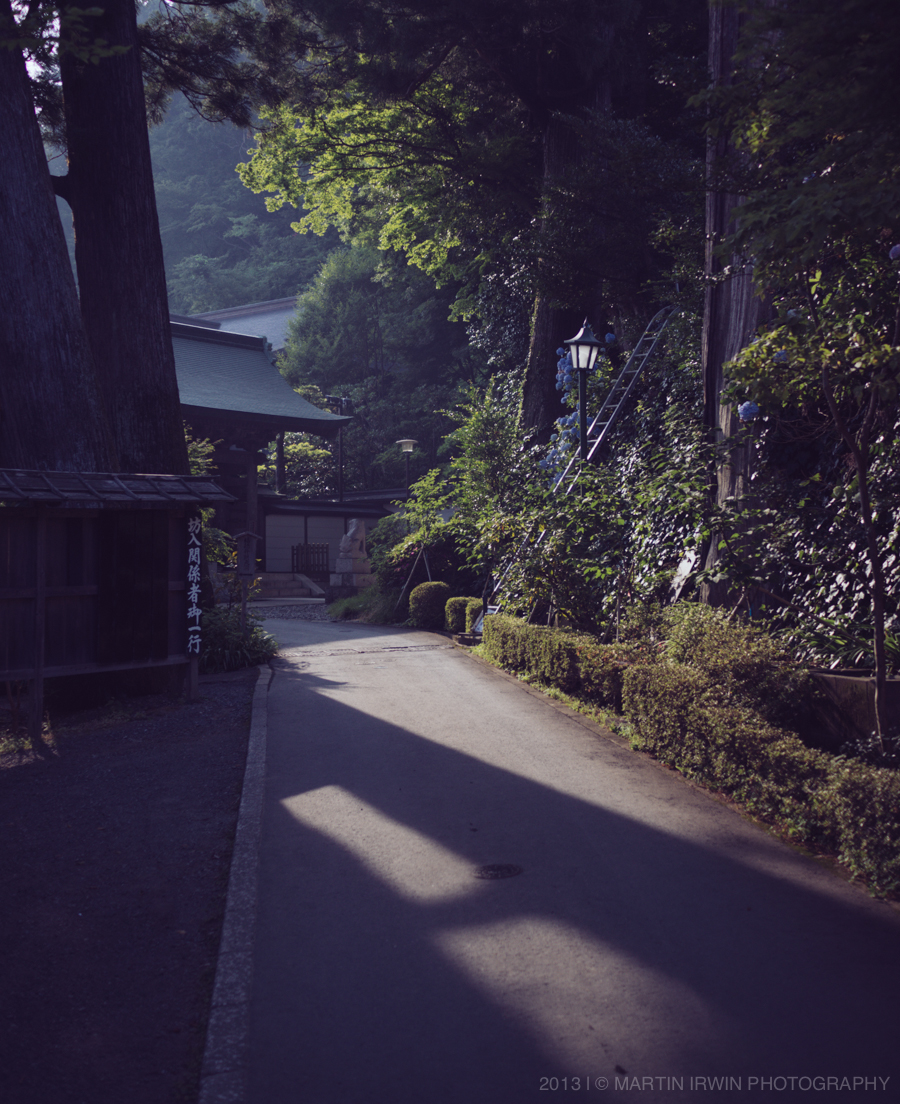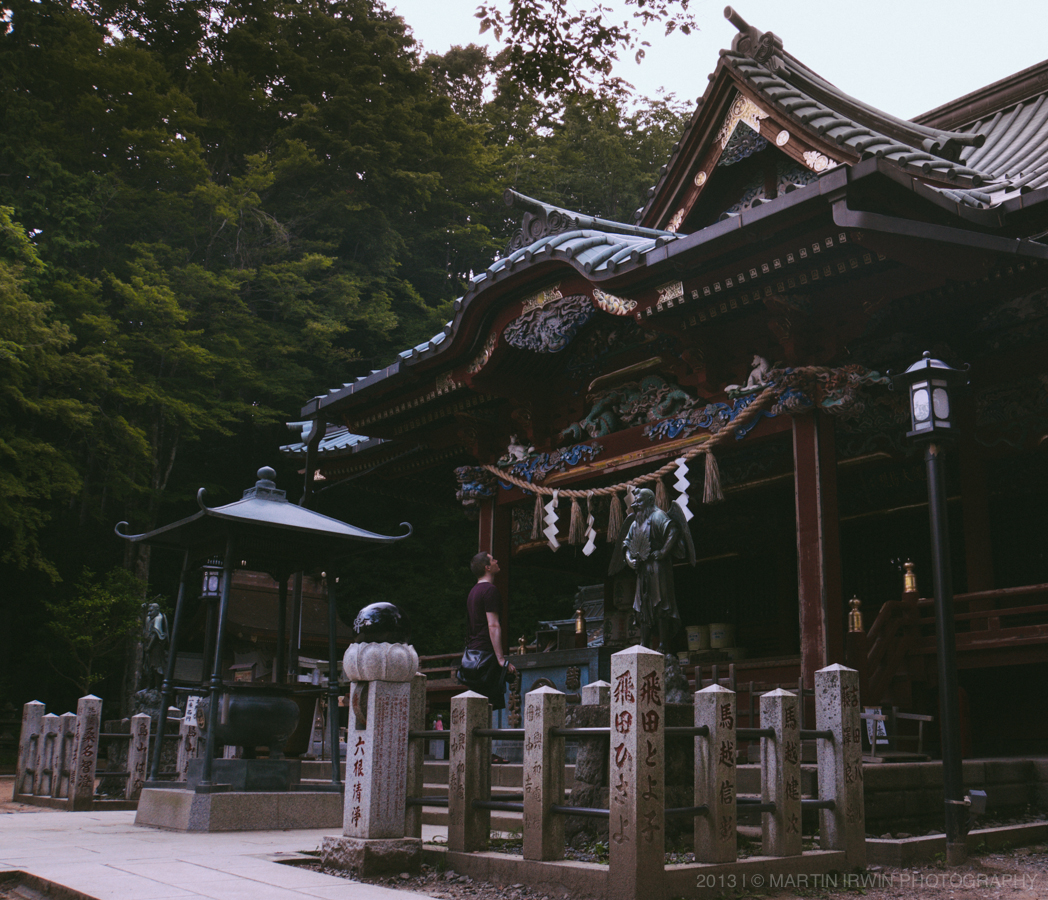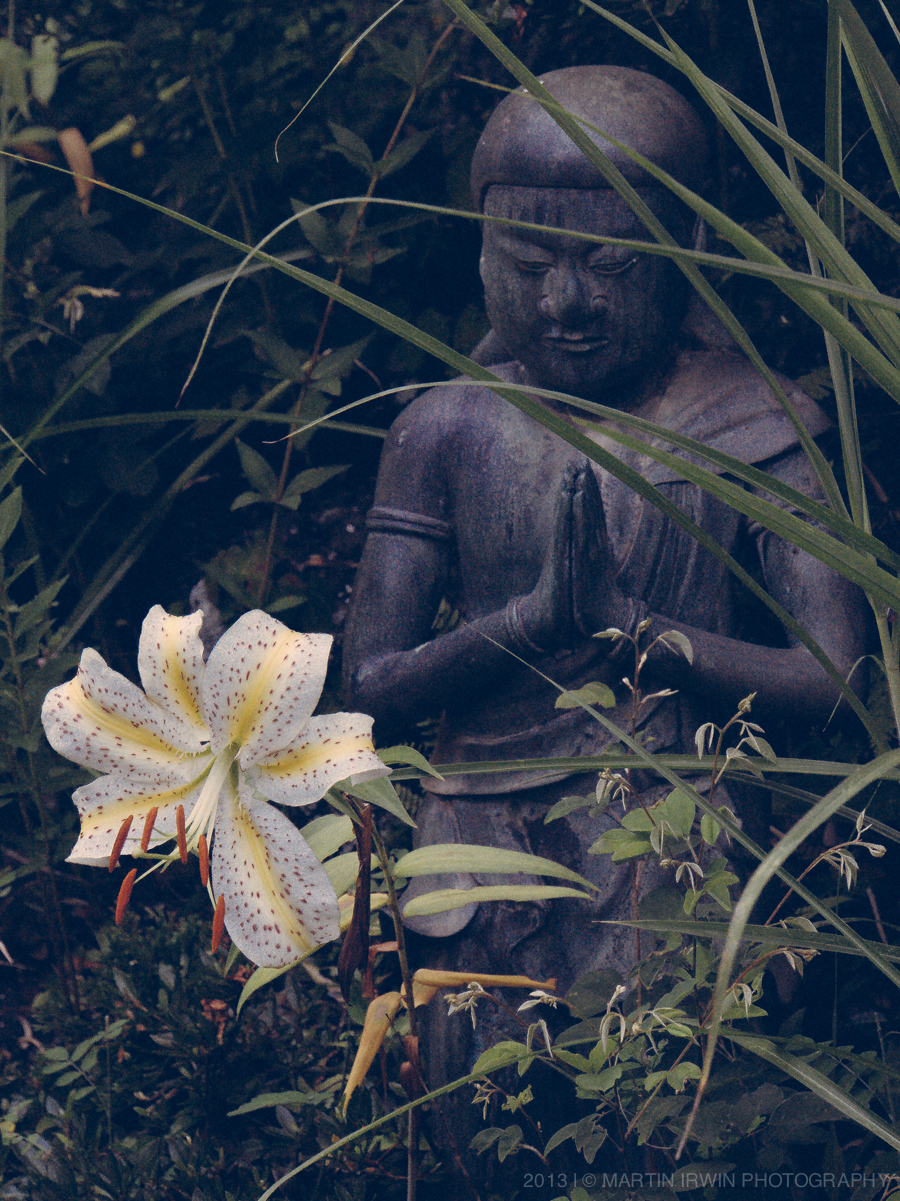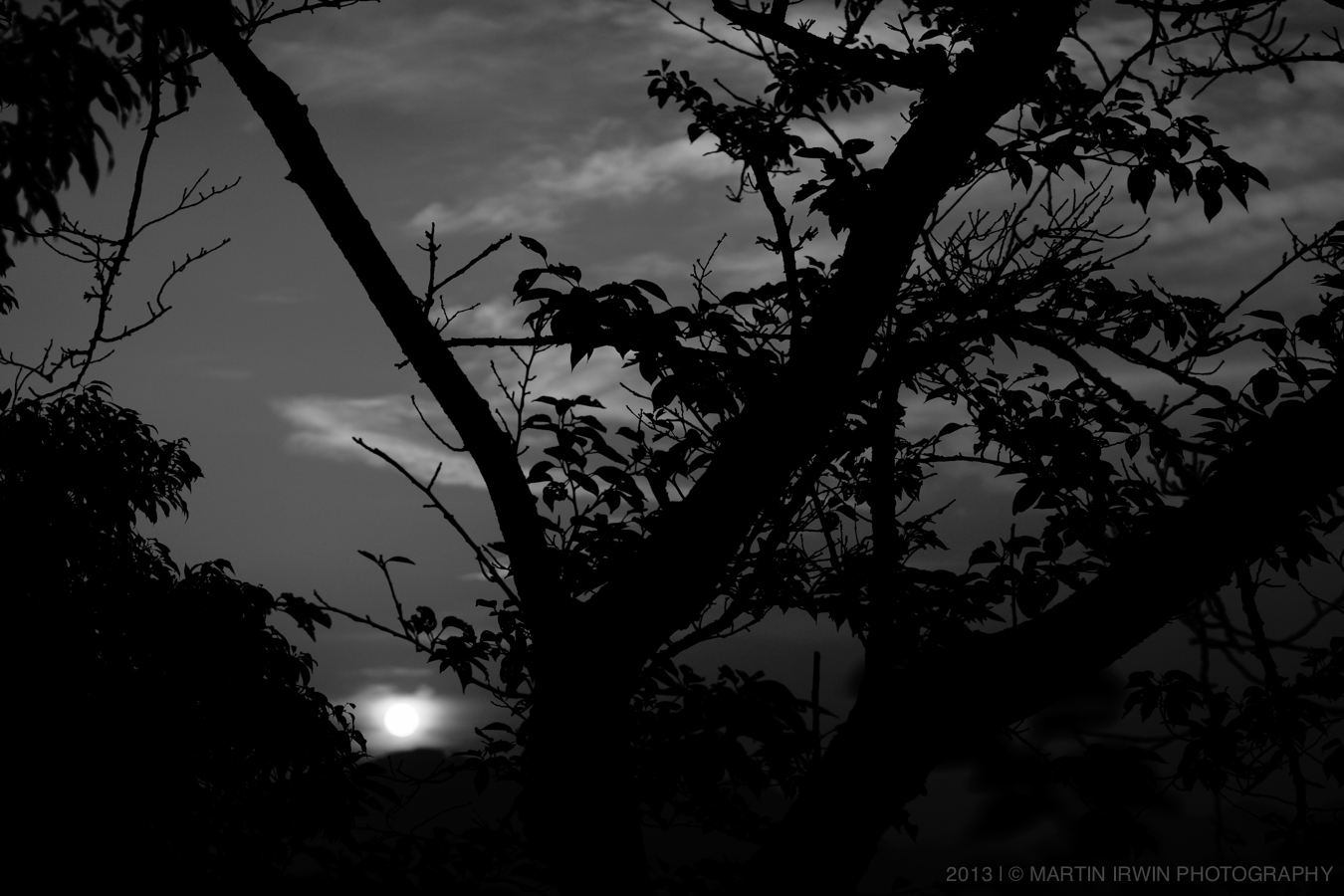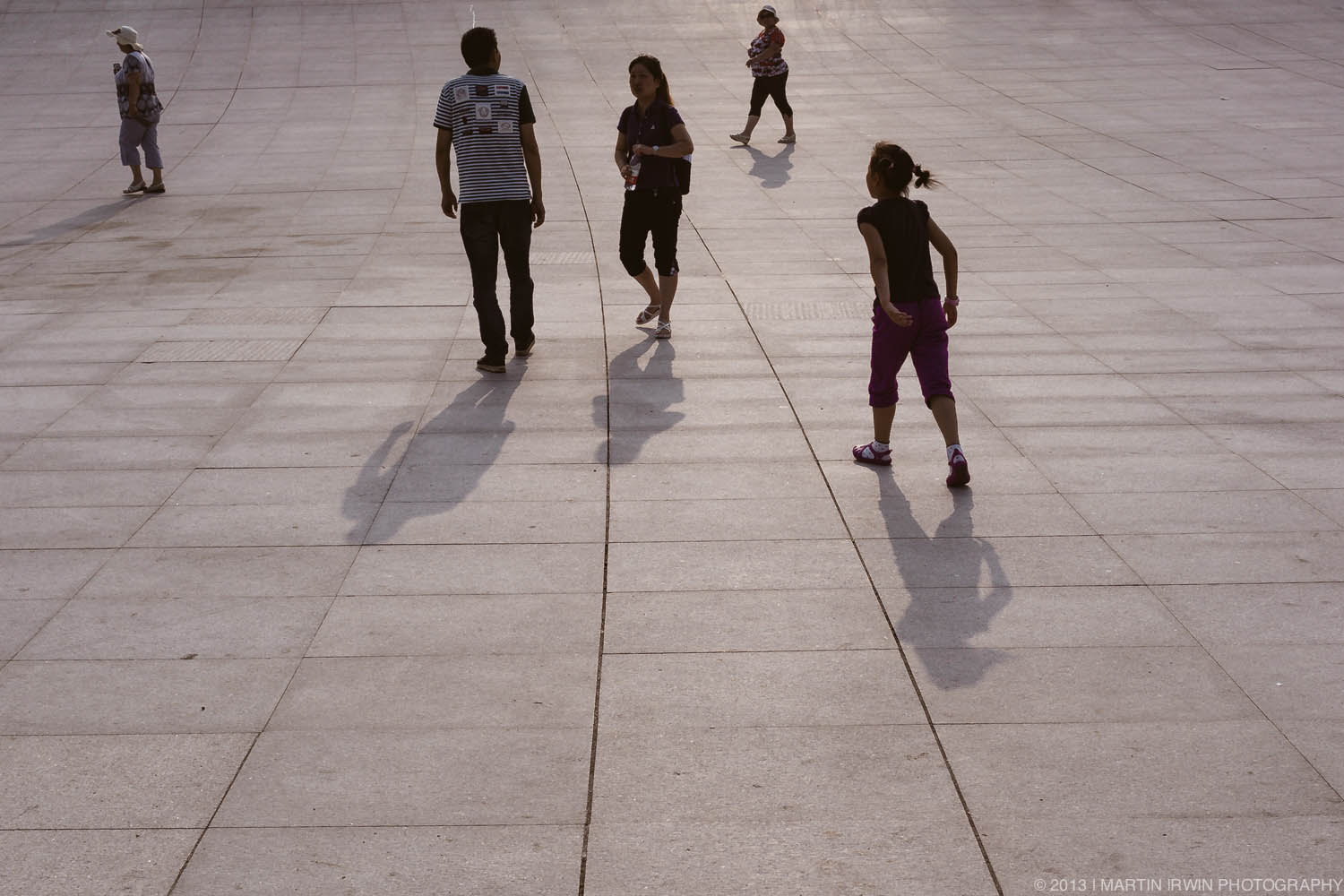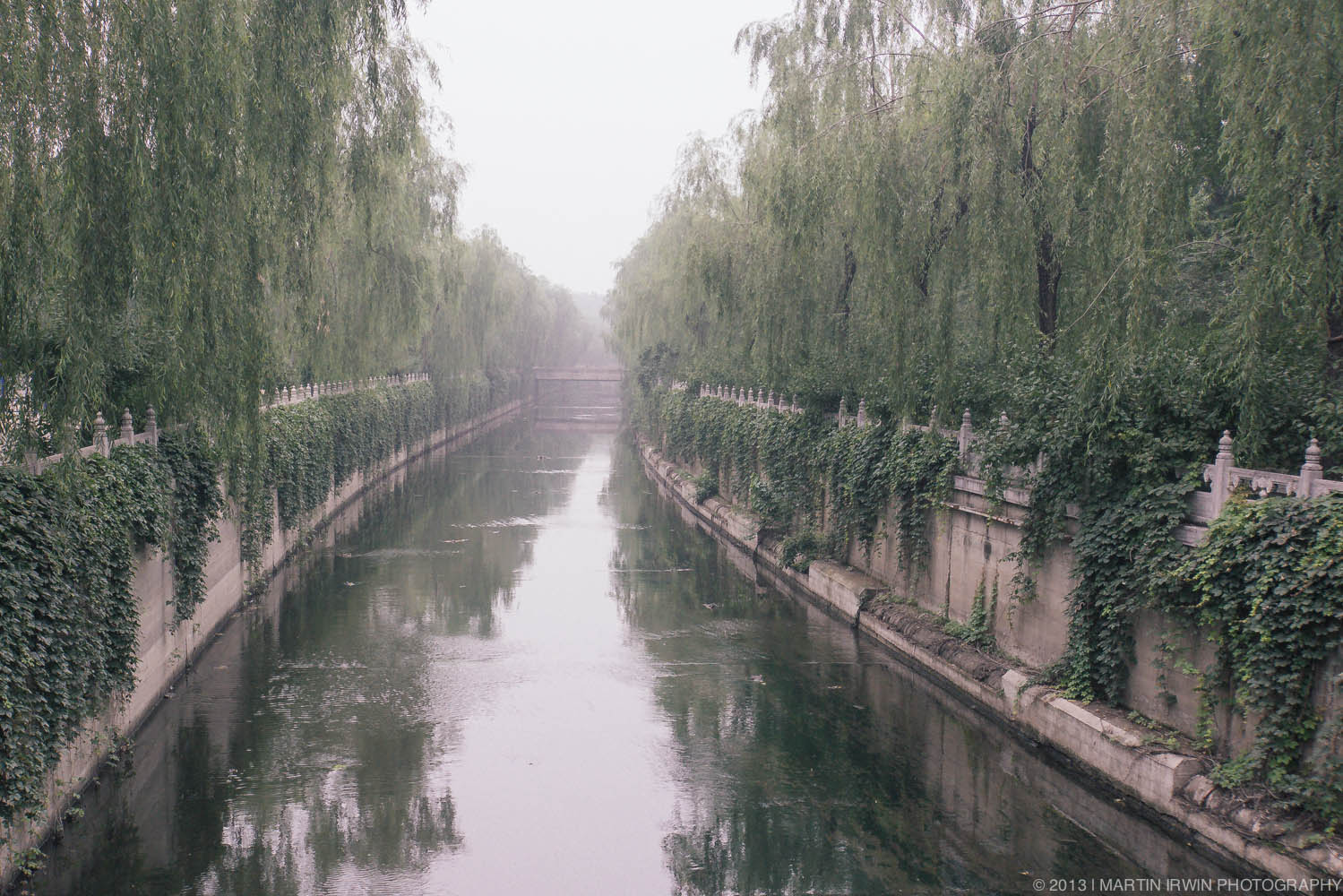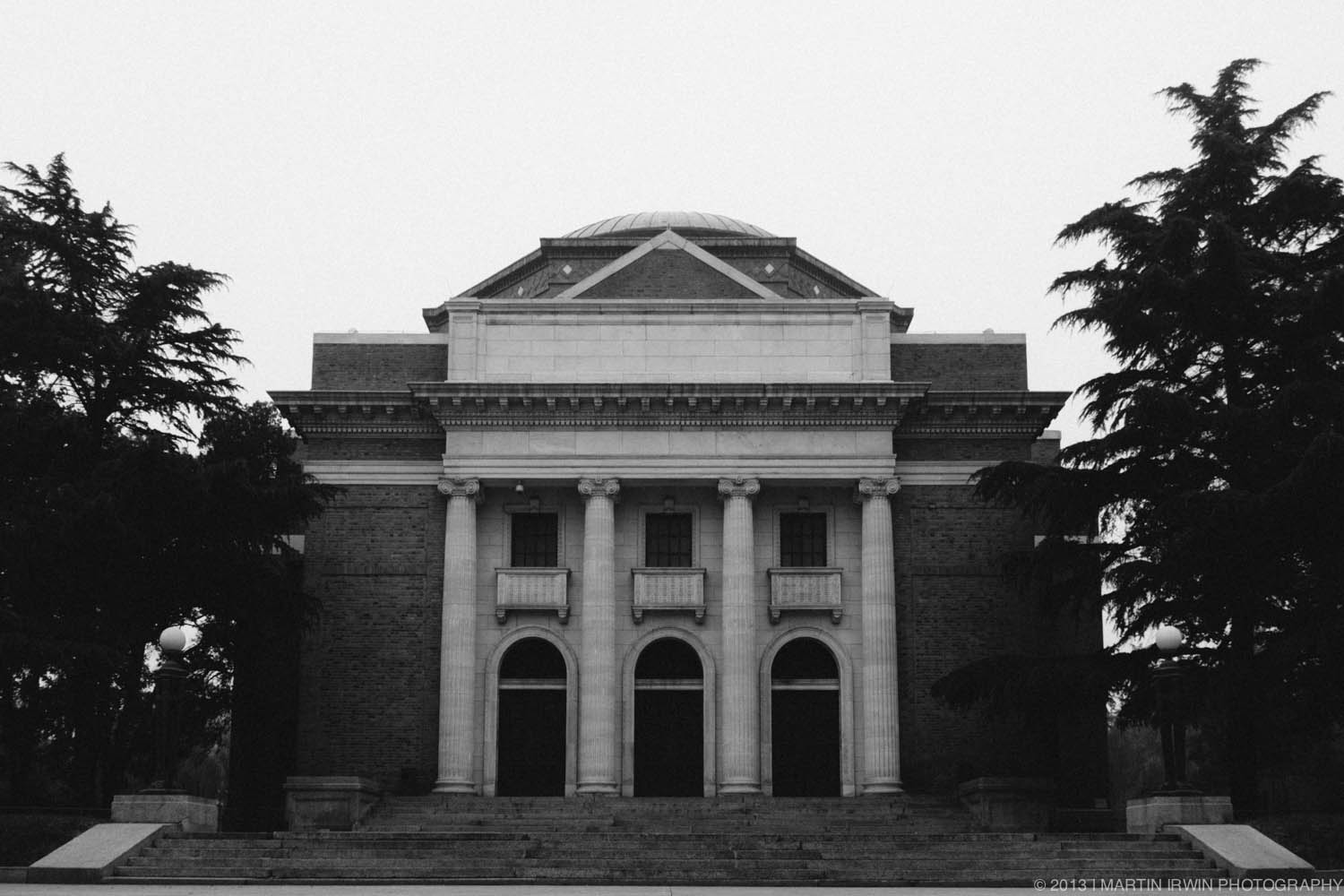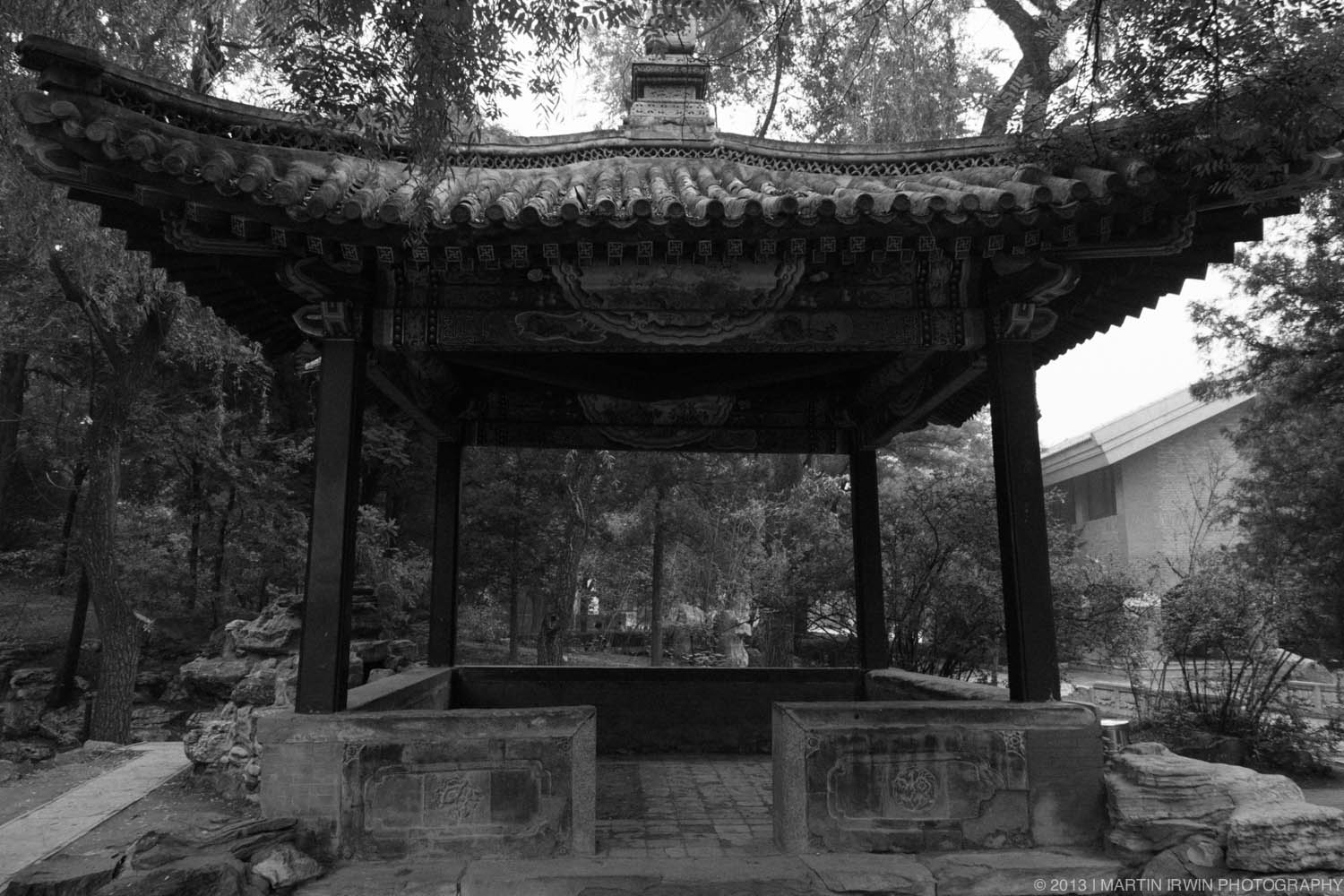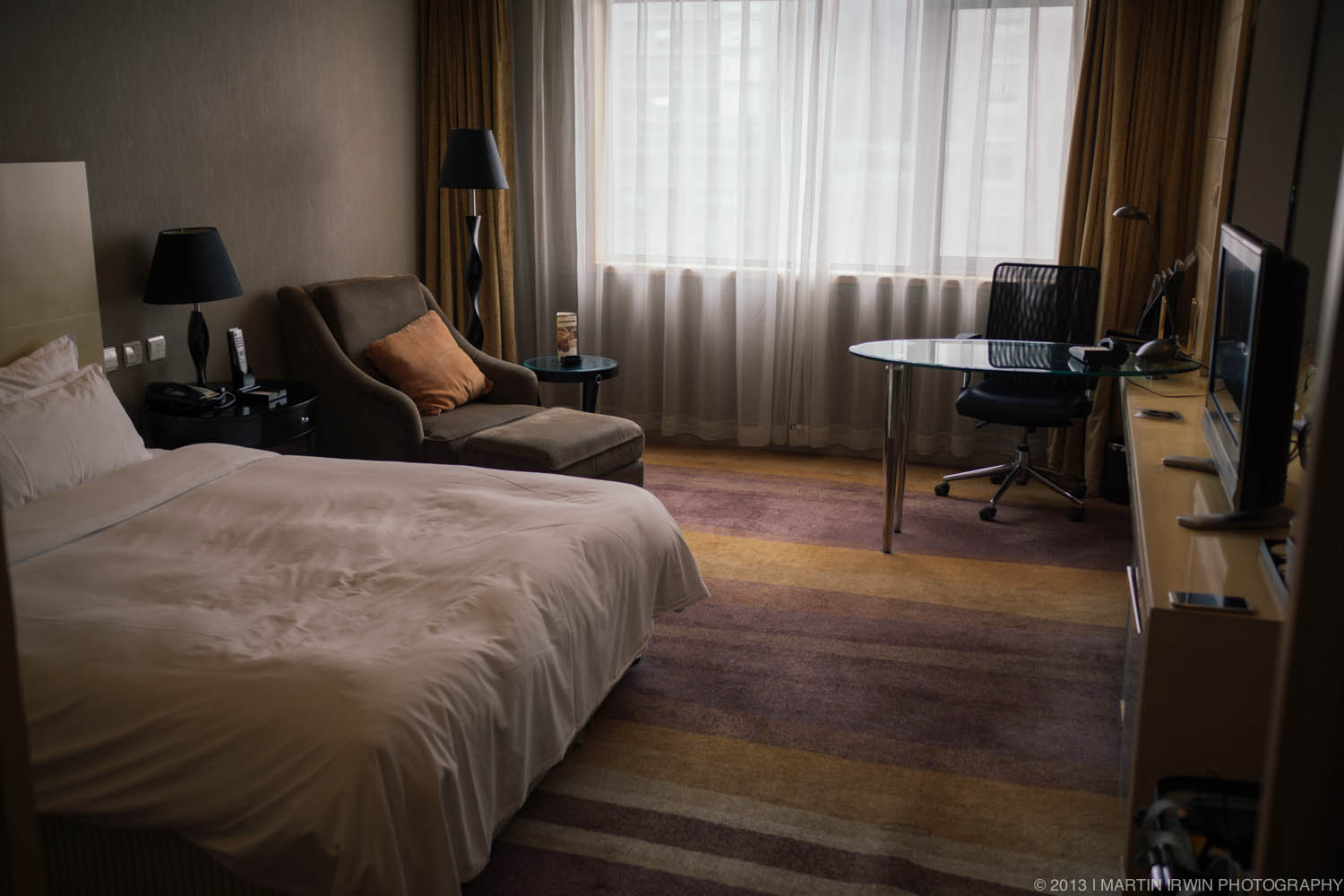A while ago, we planned a city-break to Kyoto in the Kinki Region of central Japan. The Kinki Region, also known as Kansai, is a popular tourist destination for Japanese and non-Japanese alike. Much like the Kanto region in the east, the Kinki/Kansai region is not an administrative unit, but rather a cultural and historical one. It's famous for food, culture, Geisha, and temples. It's not famous for rain - but it should be if our weekend was anything to go by!
Our pilot for the evening. I'm somewhat reluctant to call bullet train drivers simply "train drivers", and pilot seems more fitting.
Train or plane?
I've not taken a shinkansen (bullet train) for over a year, so I was rather excited. As we pulled out [exactly on schedule, naturally] from Tokyo Station, the intensity of the rain increased until it was streaming sideways across the window. I wonder what the view from the front window was like...
I took the Nozomi class shinkansen and arrived in Kyoto after two hours of ultra-smooth, ultra-fast train travel.
Kyoto Tower
Directly outside Kyoto station is the bus terminal, which I thoroughly recommend using to navigate around the city in a timely fashion. Walking everywhere means you will not see everywhere. Some temples are pretty close to each other, but definitely look into getting the bus to cover larger distances with ease.
The bus is also a good way of protecting oneself from the elements
Our accommodation was in the northern Sakyo Ward, which is around 30 minutes on the 206 bus from Kyoto station. The flat fare of ¥220/person (pay when you get off - and please have your change ready!) seems pretty reasonable.
A rather fetching clock, and a puzzling piece of paper...
After almost three years in Japan, we've experienced our fair share of Engrish, but this really has to take the cake. I have no idea what it means. Whatever it means, Charlotte has until 10am tomorrow morning...
The "best" Engrish we've ever seen... to what exactly does the first bullet refer? Answers on a postcard...
I'll post some photos from the weekend in subsequent posts. I took far too many to cram into one post, even after some rather ruthless culling. I hope you enjoyed the start of this journey - stay tuned!










